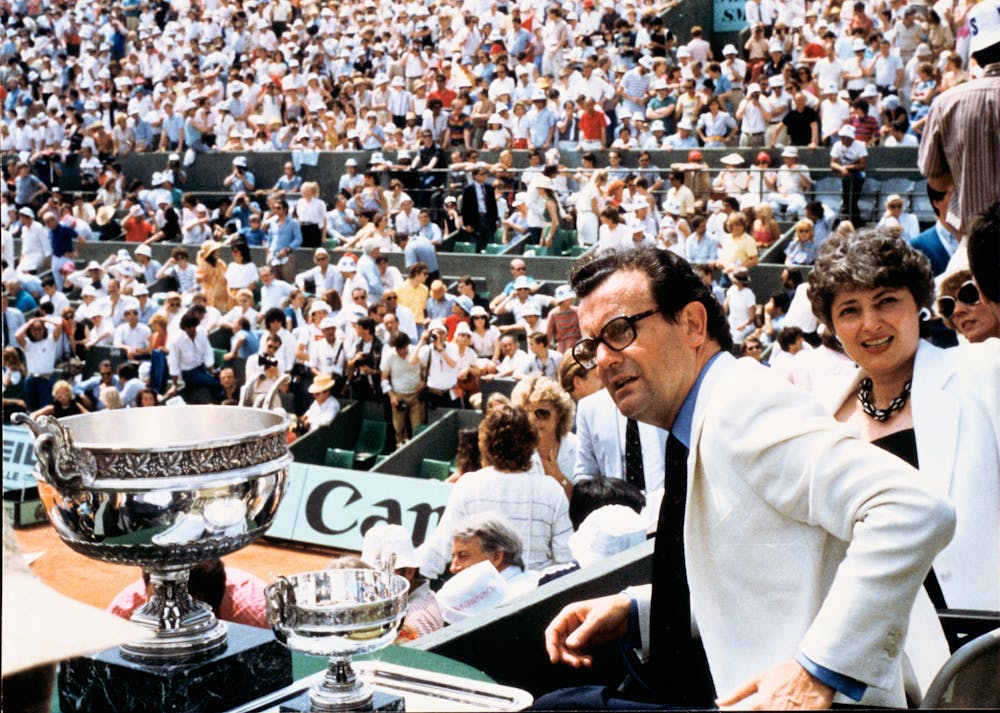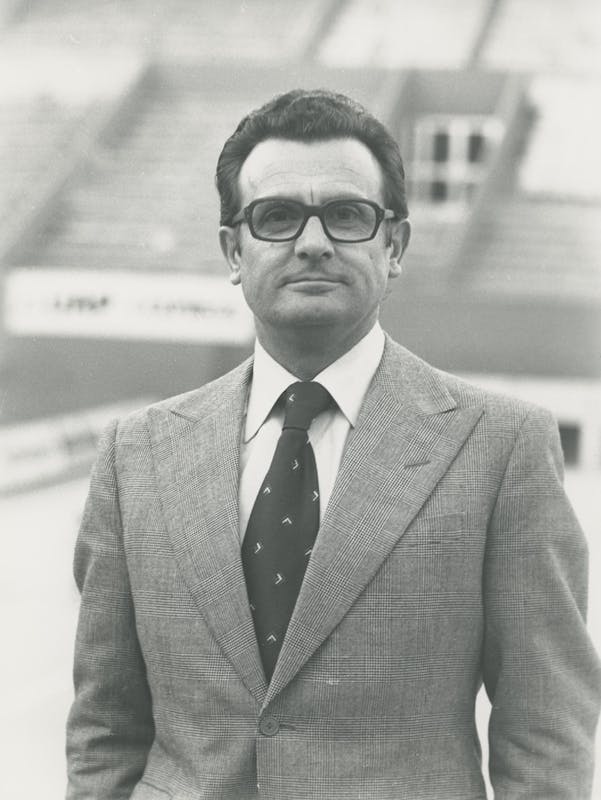Philippe Chatrier was born in 1928, the year that Roland-Garros stadium was built. Destined for a life in tennis, he started playing in 1941. Crowned French junior champion in 1945 and French No.6 in 1951, he quickly realised that his actions off the court could also prove very useful to his sport.
RG Culture: Who was Philippe Chatrier?
Philippe Chatrier passed away 20 years ago this year. We take a look back at the life and actions of this ambassador for tennis.

At the heart of tennis’ evolution
With the publication of Tennis de France magazine in 1953, he was able to express his opinion on several subjects, particularly the idea of setting up a tournament that would combine professional and amateur tennis. His activism and presence on the FFT’s most important committees finally bore fruit and led to the creation of the Open Era in 1968.
Philippe Chatrier was ambitious and a natural born leader. At the end of the 1960s, he was both captain of France’s Davis Cup team and vice-president of the Federation. In 1972, he became president of the French Lawn Tennis Federation, taking over from his friend Marcel Bernard. Always deeply committed to the tennis world, at the same time he was elected president of the International Tennis Federation in 1977. His greatest victory in this role was getting tennis back into the Seoul Olympics in 1988, after a 64-year hiatus.

Boosting momentum at Roland-Garros
A visionary in all of his projects as president, Philippe Chatrier was keen for Roland-Garros to be awarded Grand Slam status. This required the stadium to be renovated, as it had become run-down over the years. Large-scale building works were launched in the early 1970s and were only completed in 1994 with the new extension phase and the construction of Suzanne-Lenglen court.
In addition to developing and extending the stadium, Philippe Chatrier stepped Roland-Garros up a gear by getting the tournament broadcast on television and setting up a new public relations policy. These major changes were what pushed the tournament onto the international stage.
Philippe Chatrier’s name will forever echo around the stadium grounds thanks to the immense arena – the beating heart of the tournament – that was named after him and whose metamorphosis is finally complete.

 ROLAND-GARROS
18 May - 7 June 2026
ROLAND-GARROS
18 May - 7 June 2026

